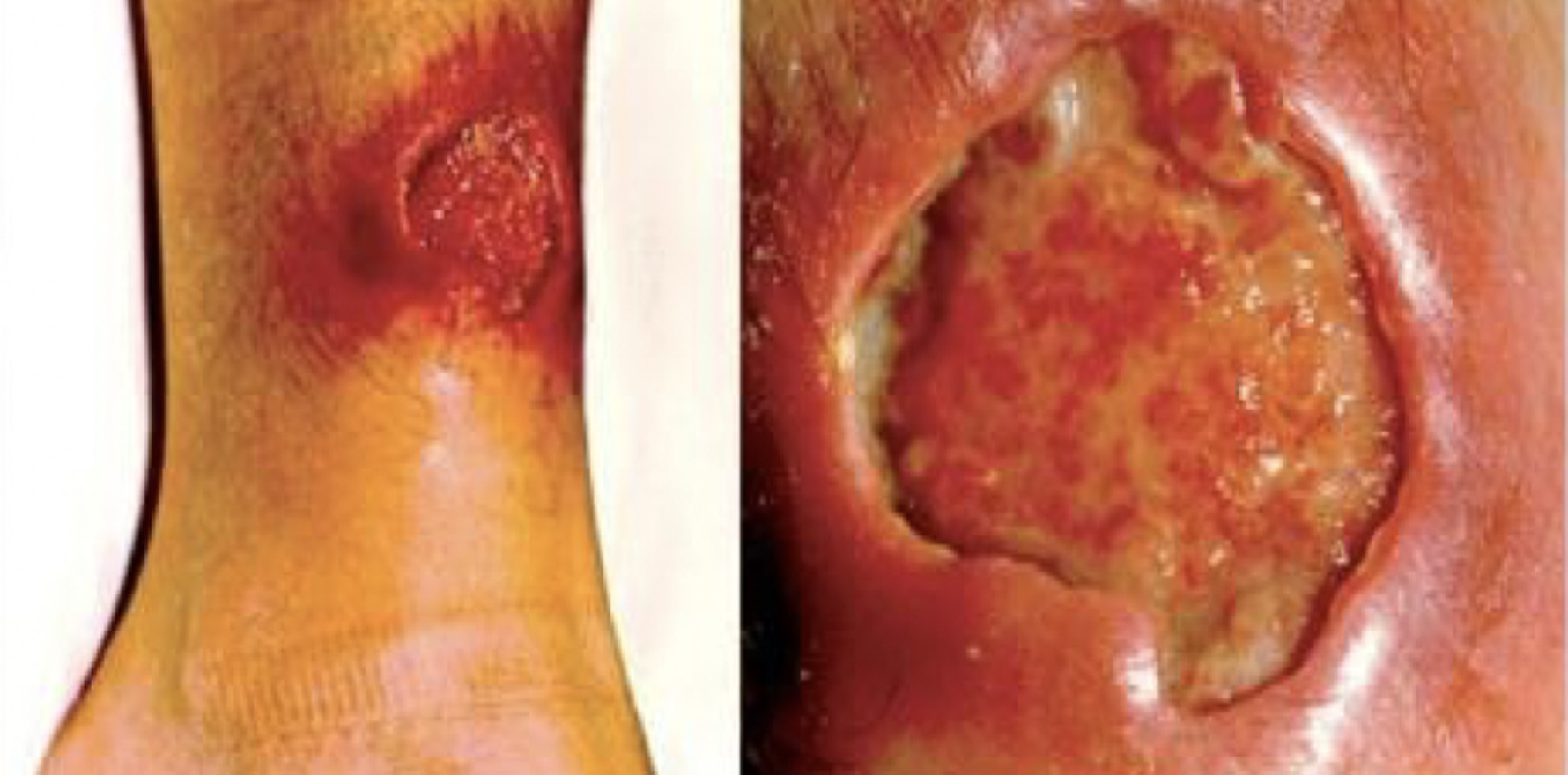Early diagnosis and treatment is vital for this flesh-eating bacteria
Consider mycobacterium ulcerans as the cause of a persistent ulcer, even in patients who visited an endemic area many months previously, an Australian infectious diseases expert warns
Speaking at the Royal Australasian College of Physicians congress in Melbourne last week, Associate Professor Patrick Charles, from the department of infectious diseases at Austin Health, wanted to raise awareness of the increasingly prevalent, but poorly understood, infection.
“The incubation period can be quite long so patients frequently present to GPs months after visiting the endemic areas and thus the epidemiological link may be missed,” Professor Charles told TMR.
Professor Charles said that the current ‘hot spots’ are on the Mornington Peninsula, such as Blairgowrie, and data from 2013-2014 show the overwhelming majority of infections in Australia are in the Mornington and Bellarine peninsulas of Victoria.
The slowly emerging, painless ulcer progressively destroys the subcutaneous tissue.
“It is important to think about it as the test for it, Mycobacterium ulcerans PCR, needs to be specifically requested,” he added. “It is a very sensitive test so is nearly always positive if that is actually the diagnosis. Regular swab requests for M/C/S will not identify it.”
Early diagnosis and treatment is key to averting more serious skin loss.
“Antibiotic treatment is available and works well, although it takes a while to heal, even after the antibiotic course is finished,” Professor Charles said.
However, some patients develop new lesions while undertaking therapy and even in the months afterwards, he added.
“This generally just needs reassurance when it occurs.”
Writing previously in the MJA, Victorian clinicians explained that this was a ‘paradoxical reaction’ and thought to be a result of an intense immunological reaction and the antibiotic regimen should be continued at the same dose and duration.
The test for it, Mycobacterium ulcerans PCR, needs to be specifically requested.
True antibiotic failure was “very rare” but could be differentiated from an immunological reaction through a biopsy which would show either the features of the persistent Mycobacterium infection or the immunological reaction, the authors wrote.
The Buruli ulcer, which is caused by Mycobacterium ulcerans, is a neglected tropical disease that has an unclear vector of transmission, although it is thought to be carried by mosquitoes.
Buruli ulcers have also occurred less frequently in the Daintree region of Far North Queensland.
MJA 2014; online 17 March


